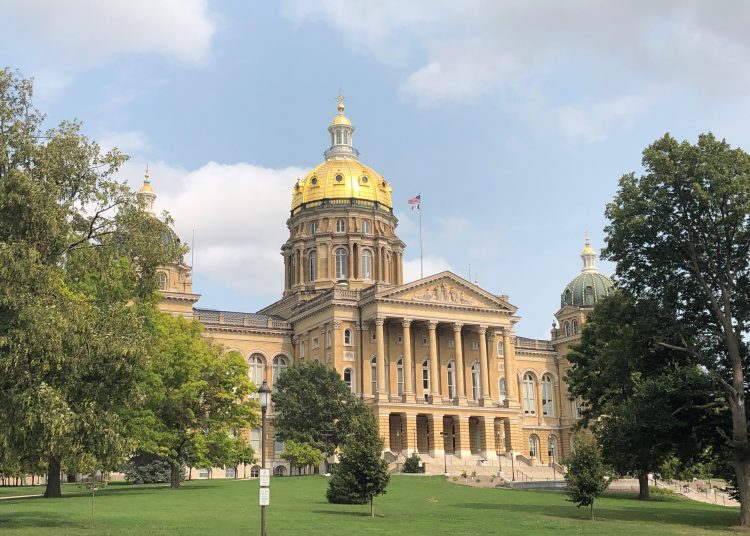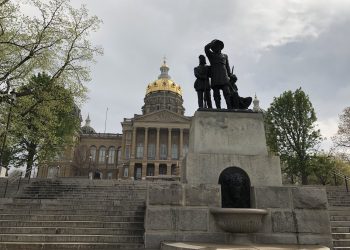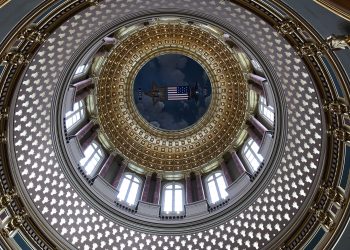The Iowa Constitution and state law give the Iowa Legislature the authority to reject redistricting maps drawn by the Legislative Services Agency twice and then amend the third map if necessary. If the Legislature can’t agree on a map in three tries, then the Iowa Supreme Court decides. The nonpartisan process that Iowans, including us, champion allows this.
The Iowa Senate rejected the first map by a party-line vote according to the process outlined in law.
Only twice after the last five decennial censuses did the Iowa Legislature approve the first map offered – 1991 (74th General Assembly when Democrats controlled both chambers) and 2011 (84th General Assembly with split chambers).
Only once, in 1981 (during the 69th General Assembly), did the Legislature not approve the map until the third attempt. Then, Republicans were in control, but the sky didn’t fall for Democrats considering they won control of both chambers in 1982 and controlled both chambers until 1992 when Republicans won back control of the House.
In 2001, Republicans rejected the first map but accepted the second map. That wasn’t a disaster either since there was a split General Assembly after the 2004 elections, and Democrats regained control of both chambers in 2006.
Whether or not Democrats agree, there are some legitimate concerns with the first map, and some Senate districts are rather large, some are abnormally drawn. We expected LSA just to tweak the Congressional district map. Instead, they made the 4th Congressional District larger and the 1st Congressional District much smaller. It’s a radical change that, in our opinion, was unnecessary.
On Tuesday, Iowa Senate Minority Leader Zach Wahls, D-Coralville, said, “It met all the requirements laid out in state law. This is an outrageous use of political power to rig elections in their favor. We are in completely uncharted territory, due to unprecedented delays.”
Did it meet all the criteria? That is debatable looking at the maps. Nonpartisan does not mean perfect, and LSA can improve on the map. Also, while LSA can’t consider the physical addresses of incumbents, having 22 of the Senate’s 50 incumbent senators and 40 out of the House’s 100 representatives thrown into districts together seems extreme, especially when you consider there are two senate districts and three house districts that have three incumbents each.
There will always be some fratricide with redistricting, but we suspect there will be less in the second map, although, admittedly, that is not guaranteed.
“This is a clear signal Republicans are willing to use a partisan gerrymander to keep themselves in power. Now is the time for Iowans to make their voices heard, contact their legislators, and demand that Republicans stop going down this dangerous road,” Wahls added.
The “dangerous road” that the Legislature went down in 1981 and 2001? If Republicans were “gerrymandering,” then they did a poor job of it.
Republicans rejecting the first map is not an attempt at gerrymandering, not even close. We don’t know how the second map will look. The LSA is required to implement the feedback provided by the Legislature. The Iowa Senate passed SJR 9, which requested a second plan that “balances compactness with the legally mandated population deviation.”
If LSA accomplishes this, it’s likely, albeit not certain, the Legislature will approve the map. Will Democrats consider that gerrymandering as well?
















